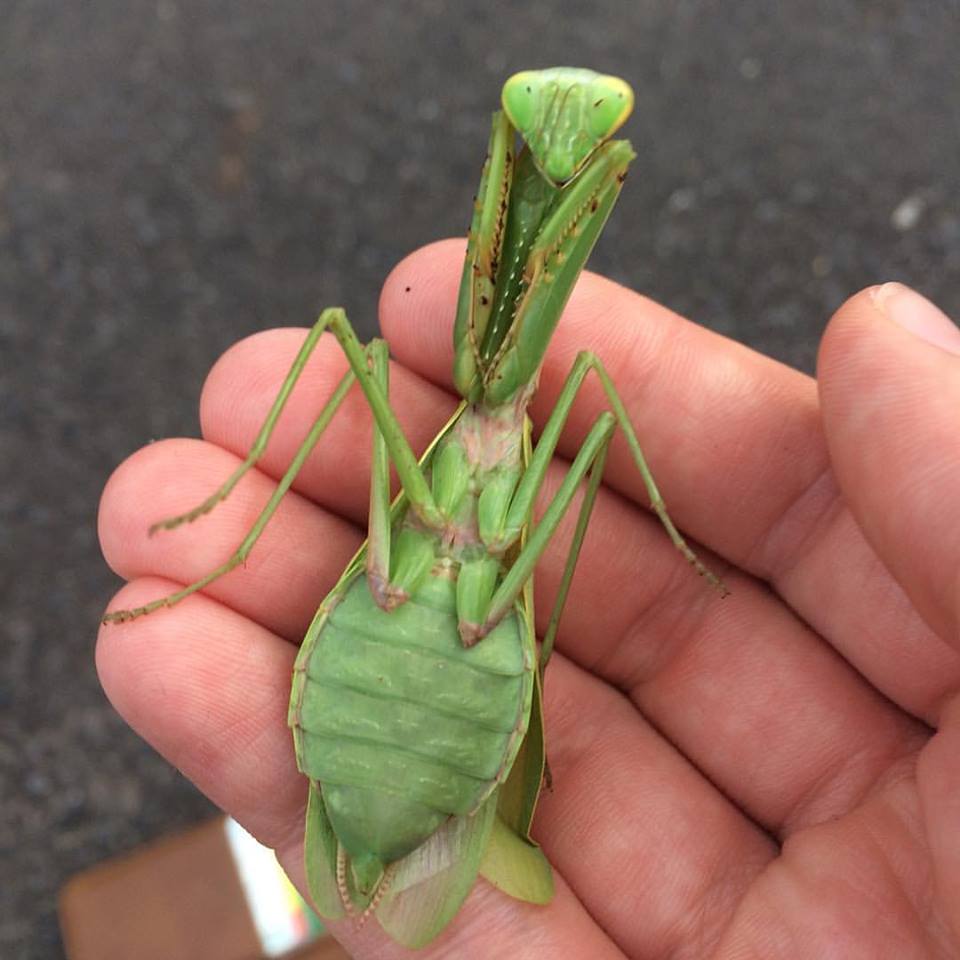Last week on Masterpiece Monday we saw examples of good action scenes that build tension by subtracting things. This week I’d like to show off an awesome example of something more subtle: callbacks.
Callbacks happen when a detail in your story refers to something that happened earlier. They’re cool because they make the reader feel like they’re rewarded just for reading. It’s like a little inside joke between reader and narrator.
The Fault in Our Stars by John Green has some excellent callbacks in it. Here’s one of my favorite ones from the very beginning, when the narrator Hazel talks about her cancer, her “depression,” and her support group:
“Whenever you read a cancer booklet or website or whatever, they always list depression among the side effects of cancer. But, in fact, depression is not a side effect of cancer. Depression is a side effect of dying. (Cancer is also a side effect of dying. Almost everything is, really.)”
Then just a few paragraphs later we get this:
“This Support Group featured a rotating cast of characters in various states of tumor-driven unwellness. Why did the cast rotate? A side effect of dying.”
The repeated “side effect of dying” bit is super effective here. It not only emphasizes how all-encompassing thinking about dying is for Hazel, but also her cynical and slightly macabre sense of humor.
The same kind of callback happens soon afterward:
“I didn’t want to take the elevator because taking the elevator is a Last Days kind of activity at Support Group, so I took the stairs.”
Then a little later:
“Michael was next. He was twelve. He had leukemia. He’d always had leukemia. He was okay. (Or so he said. He’d taken the elevator.)”
If you hadn’t read the part earlier about the elevator being for kids on their “last days,” then that final bit wouldn’t have made sense. But with that proper setup, we get a chilling reminder of Hazel’s reality and another peek into how she emotionally deals with it.
Though there are more callbacks through the rest of the book, I really like these ones in the first chapter for another reason: they help to establish a bond between the reader and Hazel. Right away it’s like we’re part of little (albeit grim) inside jokes with her. Such a powerful bond between reader and main character helps ensure that we care about them quickly and want to keep reading to see what happens to them.
Having trouble getting readers to relate to/care about your main character? Try adding in some callbacks in chapter one and see what happens. We can’t all write like John Green, but we can at least try to learn from the pieces that make his characters so awesome.
(Featured image via GAHAG, edited by me)







